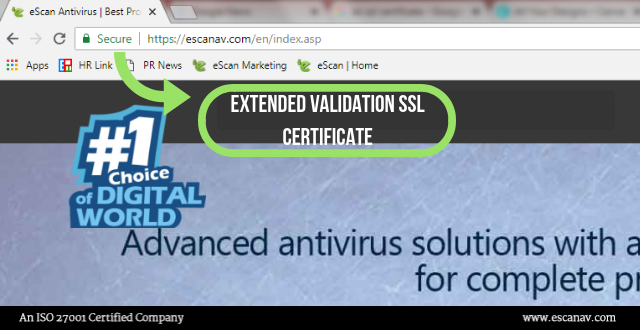An EV SSL certificate (Extended Validation SSL certificate) is an upgraded PC organizing convention for anchoring associations between network application clients and servers over an insecure network, for example, the web. EV SSL certificate guarantees customers that they are directing business through a confided website and have turned into the business standard for online business sites.
With the consistent risk of phishing attacks and fraud, the nearness of an EV certificate can enhance consumer perception of an organization’s stability, level of customer service and capacity to keep the customer’s information secure. Most program windows utilize the shading green to alarm end clients that a site has been allowed an EV SSL authentication.
The accreditation procedure includes strict screening by a qualified certificate authority (CA) to affirm the identity of the candidate and additionally their relationship to the legitimate proprietor of the website and its domain. Affirmation of a website’s identity is done by the thorough business rules set up by the CA/Browser Forum, an industry aggregate made out of driving CA backers.
After over a time of utilization, there have been no known occurrences in which a phisher effectively got and utilized an EV SSL certificate. Notwithstanding the trust factor, EV SSL testaments are critical for a few different reasons, including
Compliance – Administrative and industry measures, for example, PCI DSS, HIPAA/HITECH and GDPR necessitate that organizations ensure customers against burglary of delicate data. EV SSL is apparently the most reliable verification approach to guarantee fruitful auditability against these models.
Online transactions – Clients are more willing to influence buys, to share personal and identifiable data, agree to accept new accounts and take part in other online activities when EV SSL certificates are available.
Average Order Value (AOV) – Shoppers on websites with green address bars are more sure of buying things and will probably add prescribed things to their trucks.
For more updates on the eScan blog, click here.







